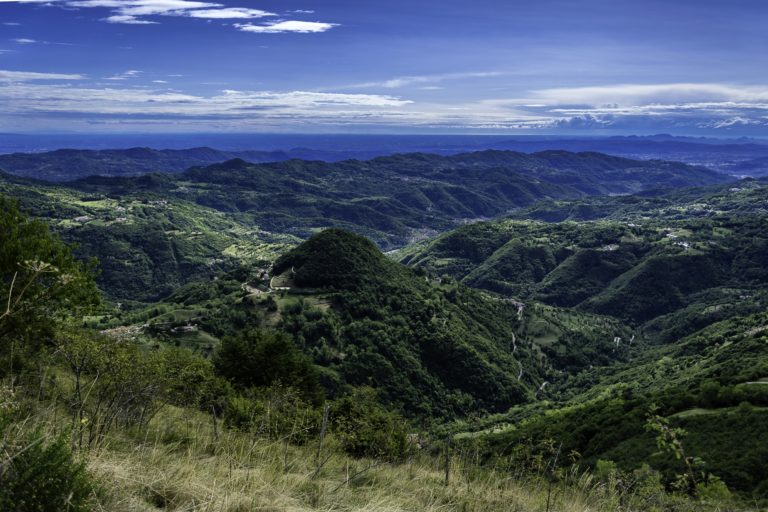Mining activity
The origin of the mining activity is known since Roman times, which had its greatest development during the ‘400 – ‘500 by the Serenissima Republic, which, through the “investiture”, concessions to private individuals for research and cultivation of mines, favored the emergence of various companies for the extraction of silver, lead, zinc, barium and other minerals.
The activity continued with less intensity in the following centuries, until relatively recent times, for the extraction of galena and manganese, kaolin and quartzite.
Today there is no longer any mining activity; some traces of this activity remain, such as tunnels still open or closed, depressions and accumulations of excavated material in some areas.
Mountain archaeology and ethnoarchaeology allow to rediscover the ancient ways of human settlement and exploitation of the resources of the territory since prehistory.
Archaeology – Quick Facts
The frequentation by the man of the high valley of the Agno is documented by the testimonies, emerged in the last years, from the most remote times up to the medieval epoch.
In 1975, at Rive di Novale, on the foot of the slope of Mount Mucchione, traces were found dating back to the Neolithic/Eneolithic (end of the 4th-beginning of the 3rd millennium B.C.).
From the Bronze Age are the finds on the Hill of the Castle datable to a period between the sixteenth and tenth centuries BC, those of Sella Campetto (Recoaro Terme) datable to the recent-final Bronze Age (XIII-X sec.a.C.) and late ancient and Cima Marana (Recoaro Terme) datable to the recent Bronze Age (XIII-XII sec. a.C.).
From the Roman age there are findings in Basto Campetto and in Marana that can be traced back to the late antique age (IV century A.D.).
The same localities, Basto Campetto and Marana, have been frequented also in the high medieval (VI-VIII century A.D.) and medieval age (XIV- XV century A.D.).
In the municipality of Crespadoro the archaeological finds come out on the Purga of Durlo (purk, burgh = castle or fortified place, characteristic volcanic cone perfectly regular) here from the Iron Age it is assumed a continuity of settlement.



